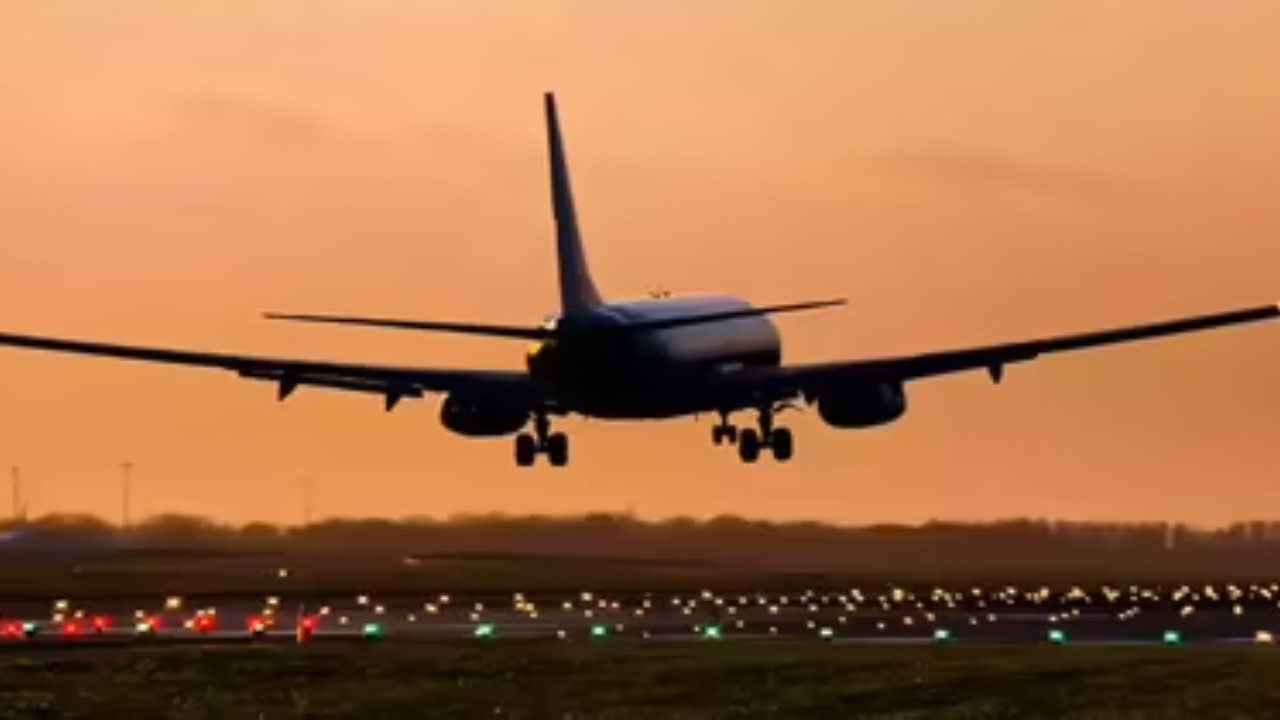India’s aviation sector anticipates continued growth in FY2026, with domestic air passenger traffic projected to rise by 7–10%, reaching 175-181 million. Despite this surge and a 16.8% recovery above pre-pandemic levels, the industry is expected to face net losses of Rs 20,000–30,000 crore due to high operating costs, including aviation fuel prices and lease obligations.
Buckle Up, Buttercup: Indian Aviation Ready for Takeoff, But Turbulence Ahead?
Okay, folks, let’s talk about flying. Specifically, let’s talk about flying high in India. The latest buzz from the tarmac is that the Indian aviation sector is poised for some serious growth – we’re talking a potential 10% surge by FY2026, according to a recent ICRA report. That’s like going from a Cessna to a freakin’ Boeing overnight!
India’s been on a tear lately when it comes to embracing air travel. More and more folks are ditching those long train rides and opting for the convenience (and frankly, the sheer joy) of zipping across the country in a few hours. We’re seeing a burgeoning middle class, increased disposable income, and a general shift in lifestyle that prioritizes speed and efficiency. Think about it: who wouldn’t want to skip that 24-hour journey and spend more time exploring Goa?
The report suggests that this growth is fueled by a confluence of factors. For one, there’s a genuine pent-up demand after the COVID-19 pandemic clipped everyone’s wings. People are itching to travel, to explore, to reconnect with loved ones. Then, you’ve got the government’s continued push for regional connectivity, making flying accessible to even more corners of the country. Initiatives like UDAN (Ude Desh ka Aam Nagrik) are playing a significant role in democratizing air travel, bringing the dream of flight to smaller towns and cities.
But here’s where things get a little bumpy. While the forecast paints a rosy picture of growth, there’s a lingering shadow of financial uncertainty. The report also highlights that Indian airlines are likely to continue grappling with losses in the near future. And that, my friends, is a cause for concern.
Why the disconnect? Well, several factors are contributing to this financial headwind. Fuel prices, as always, play a crucial role. Remember those days when filling your car felt like funding a small nation? Airlines feel that pain tenfold. Add to that the fluctuating exchange rates, which impact the cost of aircraft maintenance, leasing, and debt servicing, and you’ve got a recipe for some serious financial turbulence.
And let’s not forget the intense competition within the sector. India’s aviation landscape is fiercely competitive, with a number of airlines vying for market share. This often leads to aggressive pricing strategies, which, while beneficial for the consumer in the short term, can squeeze profit margins and make it difficult for airlines to achieve sustainable profitability. It’s a classic case of wanting a bigger slice of the pie, even if it means making the pie itself smaller.
Then there’s the infrastructure challenge. While airports are constantly being upgraded and expanded, the pace of development sometimes struggles to keep up with the soaring demand. Congestion, delays, and logistical bottlenecks can add to operational costs and impact the overall efficiency of the aviation ecosystem. It’s like having a supercharged engine in a car stuck in rush hour traffic.
So, what does all this mean for the average traveler? Well, on the one hand, the projected growth suggests that we can expect to see more flight options, potentially more competitive fares (at least in the short term), and better connectivity to various destinations. More routes, more choices, and hopefully, fewer excuses to stay home!
However, the financial challenges facing airlines could also translate into potential disruptions, such as flight cancellations, delays, or even the possibility of some airlines scaling back operations. We might also see airlines exploring new revenue streams, like charging extra for baggage or in-flight meals (as if they weren’t already!). The key is for airlines to find a sweet spot – balancing affordability for passengers with sustainable profitability for the business.
Navigating this complex landscape requires a strategic approach. Airlines need to focus on optimizing their operational efficiency, exploring innovative cost-cutting measures, and leveraging technology to enhance the passenger experience. They also need to be proactive in managing their fuel costs and hedging against currency fluctuations.
Ultimately, the success of the Indian aviation sector hinges on a delicate balance between growth and financial stability. The potential is undeniable, the demand is there, but the path to sustained profitability remains a challenging one. It’s a high-stakes game, and only the airlines that can adapt, innovate, and navigate the turbulence will truly soar. So, keep your seatbelts fastened, folks. The journey ahead promises to be an interesting one. And who knows? Maybe, just maybe, we’ll see some clear skies ahead.







